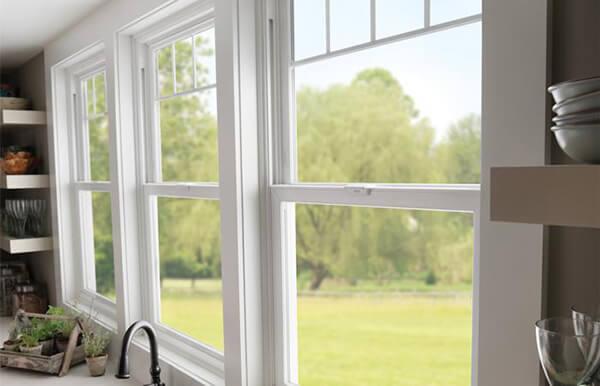Windows do more than cover the home but add to the decoration and minimizer energy via heating and cooling system. Whether you’re buying, building, or renovating a home, choosing the right windows is important but a big challenge. If you are renovating, calculate the cost-effectiveness of a window and the value. Nowadays, most people use energy-conscious windows to minimize energy consumption creating power for other appliances.
Choosing the right window creates satisfaction and comfort in your home. A good window, such as sliding windows, is easy to open and close, has texture and durability, and lasts for a long time. The wrong window may not fit the home and can easily crack, costing more damage to the home and pocket. They offer a home’s efficiency, convenience, security, privacy, and value. New ones are usually attractive and allow homeowners to enjoy the view of the neighborhood. More homeowners are beginning to see the importance of this home feature and require nothing more than a traditional setting to fix it.
1. Know the Different Types of Windows
Windows are of different types with different benefits and fittings. Here are a few reasons or purposes a window can serve:
Ventilation – the appliance serves as an opening for sufficient airflow.
Light – the appliance allows natural light in the home. The rays brighten the dull and dark space into a welcoming avenue.
Ornamental – another purpose of the window is to serve as decoration. The home appliance can increase the beauty and view of the room. There are fixed, sliding, pivoted, casement, mental sash, and many other types of windows.
2. Match the Design of The New Windows to The Rest Of The Home
The purpose of the feature determines the design to purchase. However, the most popular types are double and single-hung styles. These two types are similar but different in movement. The single-hung upper sash is stable, while the lower sass is designed to move up and down.
On the other hand, the double-hung allows you to raise and lower the upper and lower sash simultaneously. Bay and bow windows are mainly used by people who want their windows to project away from the building. These windows are classic styles and create extra floor space. Sliding windows provide sufficient ventilation as single and double-hung but make the home look taller because of the height.
3. Consider the Quality of the Windows and the Glass
The quality of windows matters in the home. For example, some windows can increase your cooling and heating bills by letting the heat out through the escape. But an energy-efficient opening can save you money in energy bills. The piece of equipment is calculated using U-factor ranging from 0.15 to 0.30.
The lower number means such windows will retain more heat while the higher ones allow heat escape. Typically, buy windows with U-factor not more than 0.26, especially in a hot environment. Some window quality is added with argon gas to add extra insulation. Another quality window is the foam-filled one which can preserve energy. The form reduces the thermal energy generated, thereby increasing the efficiency.
4. Know Your Budget
Before buying a window, you must know how much you can afford the equipment. Most homeowners focus on cutting costs instead of getting the real deal in improving their homes. That’s why it’s important to write down your budget.
Your budget will help you decide the type, decoration, purpose, and size to purchase. You have to consider other alternatives to avoid buying an inferior product. When you get one that matches your budget, check the durability, quality, warranty, reputation, and installation process. From there, you can decide how much to pay. However, the appliance is affected by many factors which an expert can easily break down for you.
5. Figure Out the Installation Process
You need to know the installation process to figure out the expenses. Ensure your materials are kept clean and dry and away from other materials. They should be bonded together to prevent them from falling and breaking.
Ensure the bands and braces remain intact till installation. After the installation process, remember to remove cement, plater, and cleaning acid immediately to avoid damage. And also, don’t use cleaning acid to remove dirt from the frames. Knowing the process will prevent mistakes and damages.

